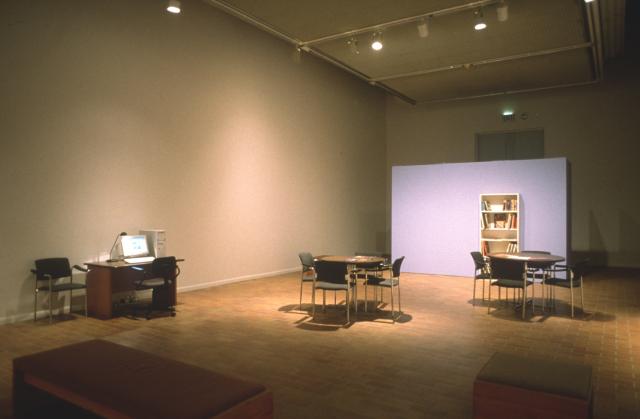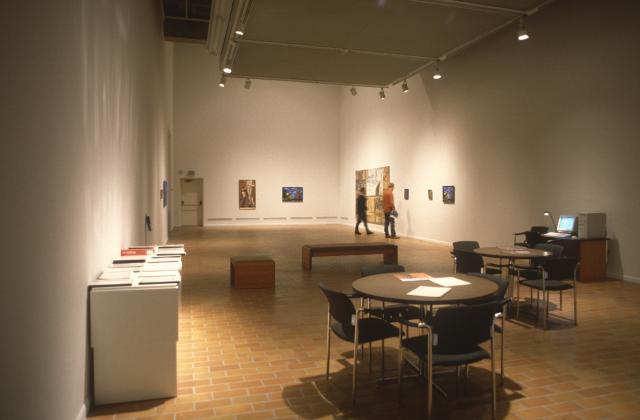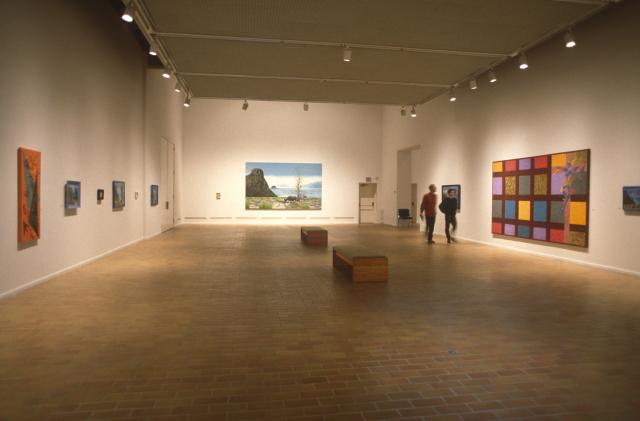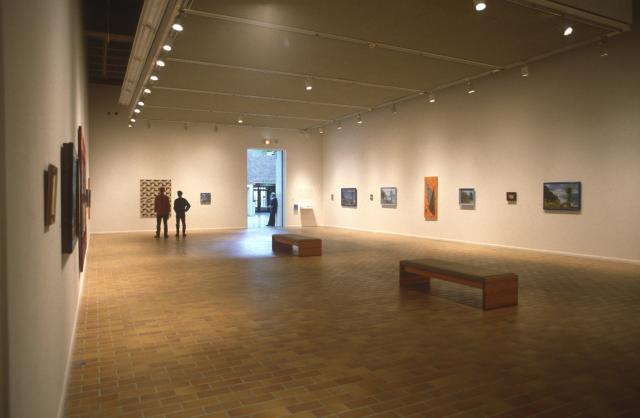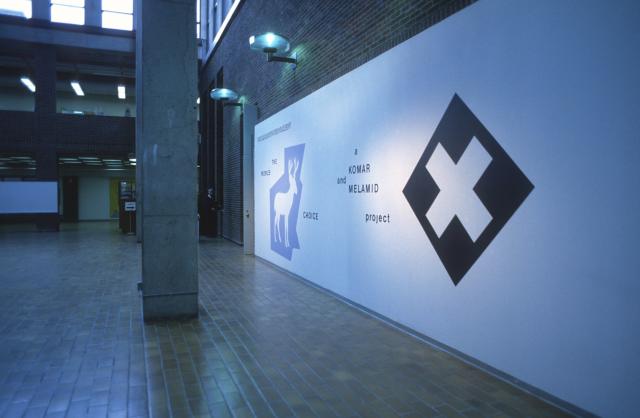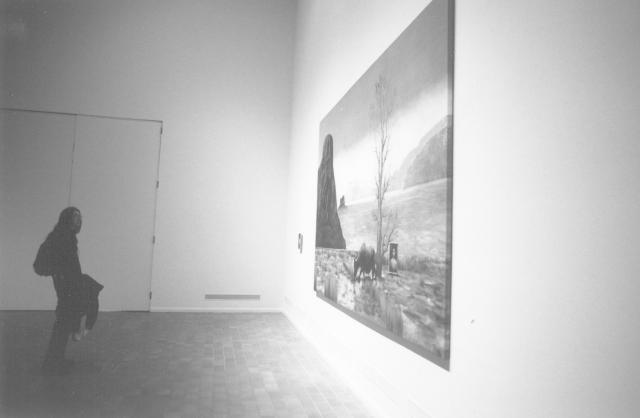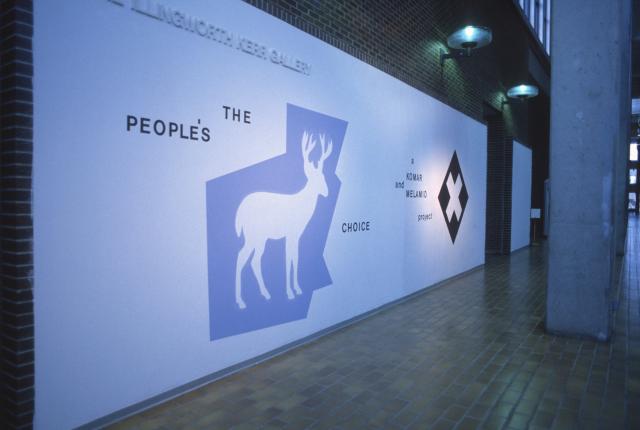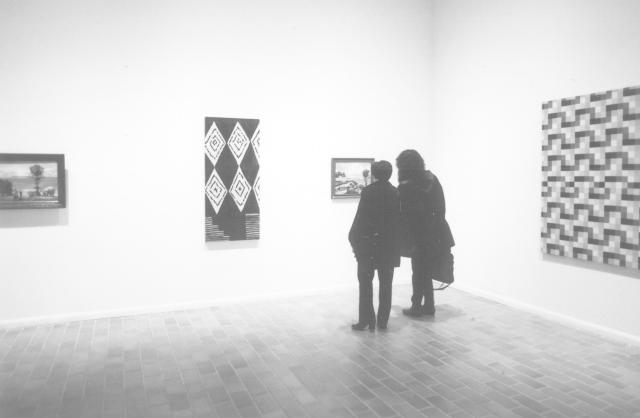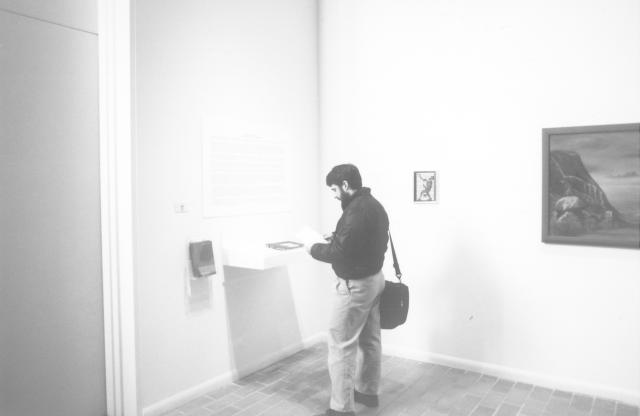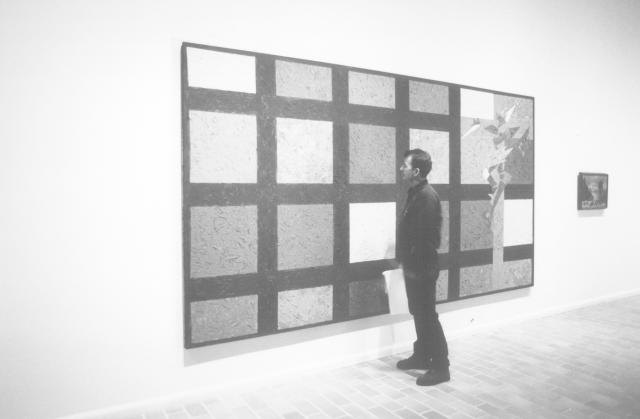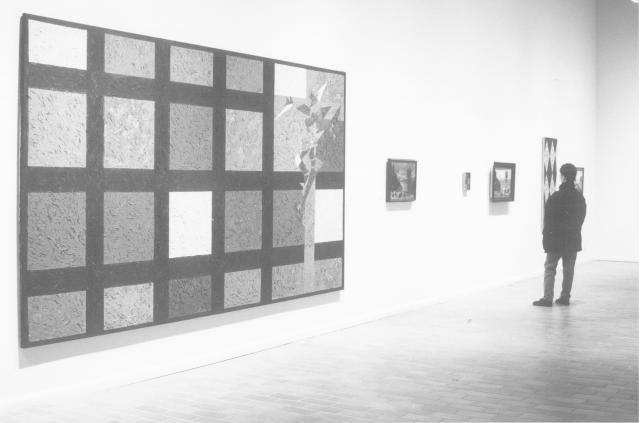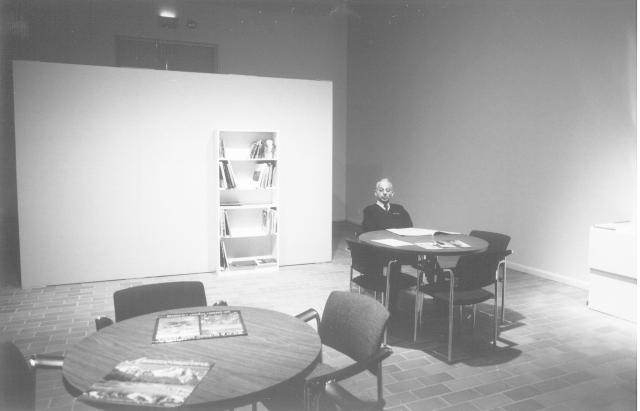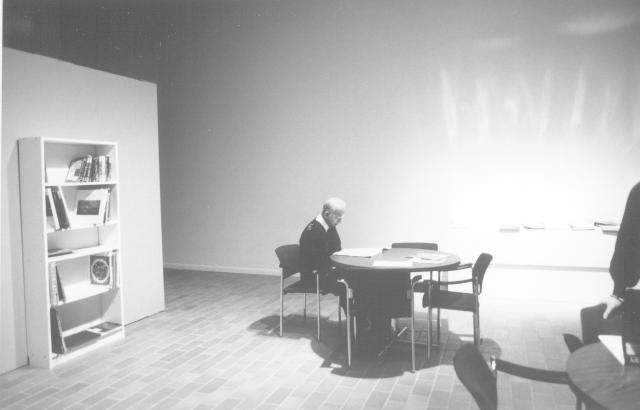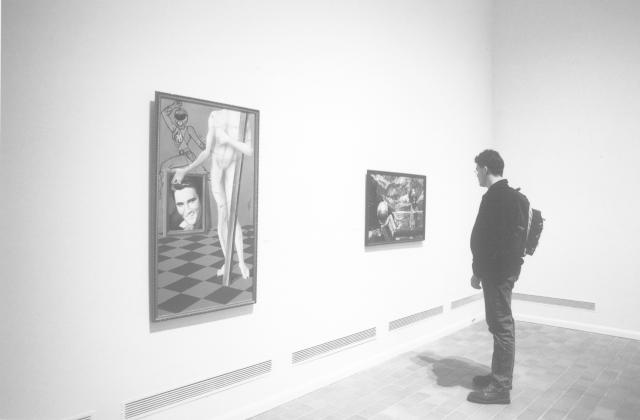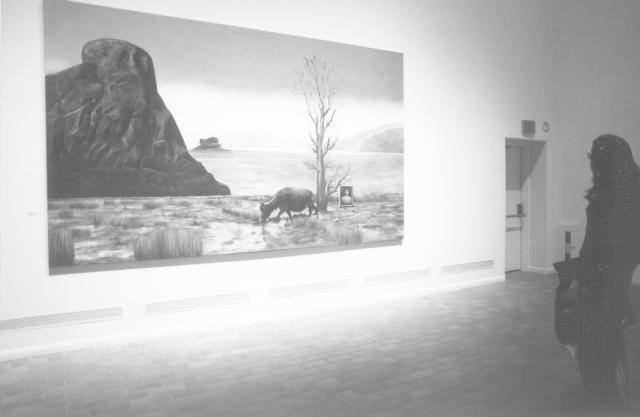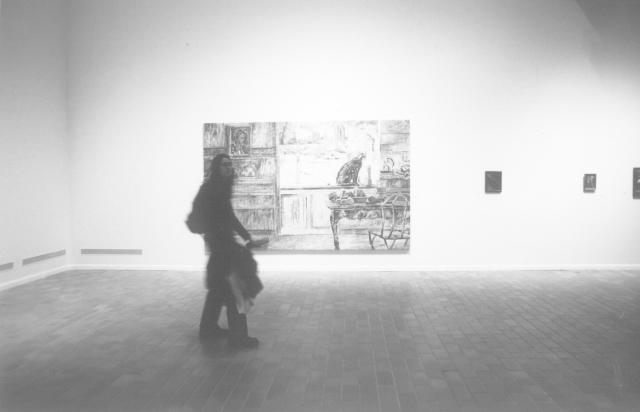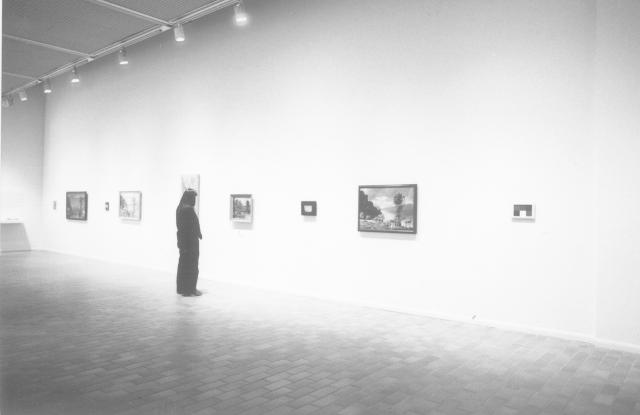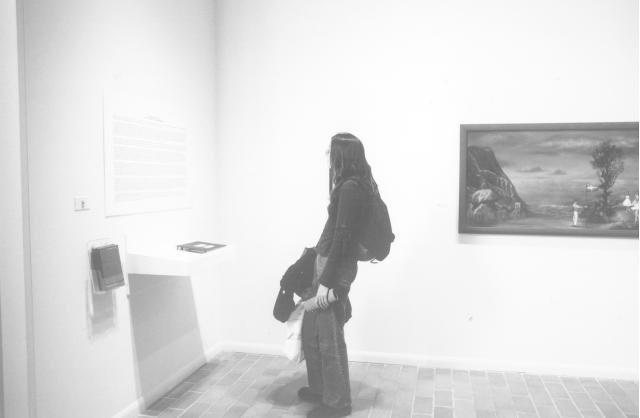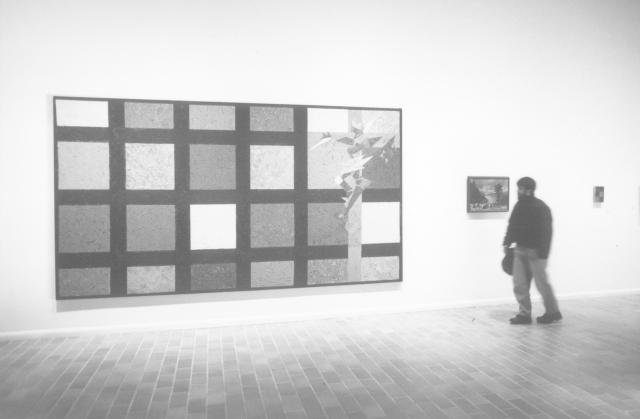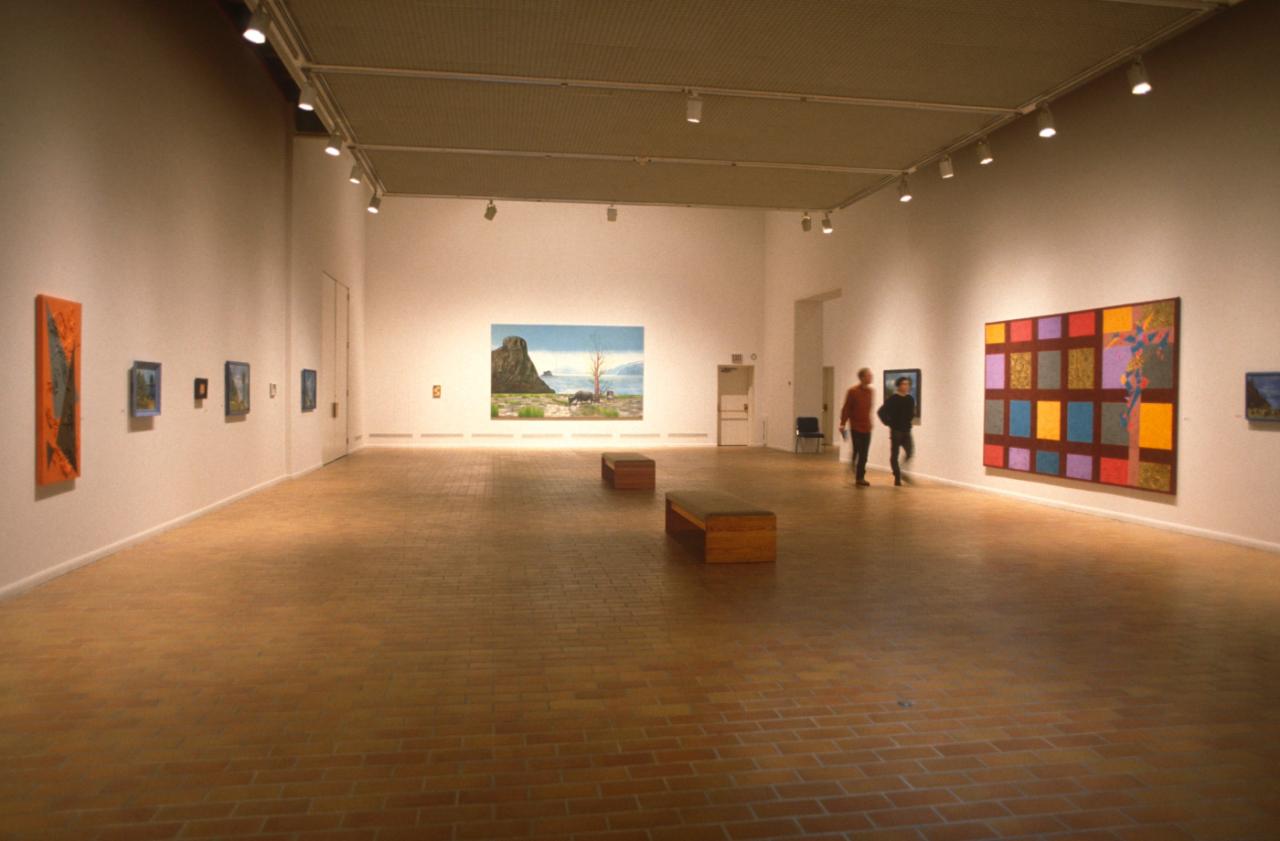
Exhibition
8 Jan 1999 - 6 Feb 1999
OPENING RECEPTION
Friday January 8, 1999
8 – 10 PM
The People's Choice
Komar & Melamid: The People's Choice
What is art, and who defines it? These two controversy-packed questions have now been addressed in an absurdly literal yet profoundly revealing analysis by Komar & Melamid, the Russian-born American artists whose project, "The People's Choice," is being presented in Canada at the Illingworth Kerr Gallery, Alberta College of Art and Design from January 8 - February 6, 1999. The exhibition has been organized and circulated by Independent Curators International, New York (ICI). ICI is a non-profit organization that specializes in organizing and touring innovative exhibitions of contemporary art.
With a delicious sense of humor and a tongue-in-cheek approach, Vitaly Komar (b. 1943) and Alexander Melamid (b. 1945) have spent the last twenty-five years jointly exploring popular notions of what art is. In 1994, they commissioned a consumer market-research firm to conduct "People's Choice," the first poll on artistic taste in the United States. Using the data collected in the survey, the artists painted a pair of canvases of classic proportions ("the size of a dishwasher," which was the preferred choice according to the poll) and called them America's Most Wanted and America's Most Unwanted, including in each painting what the respondents said they wanted or did not want in a painting.
Over the past four years, Komar & Melamid have extended the polls to the World Wide Web and to thirteen other countries: China, Denmark, Finland, France, Germany, Iceland, Italy, Kenya, Holland, Portugal, Russia, Turkey, and Ukraine. Based on the results, the artists created a Most Wanted and a Most Unwanted paintingfor each country and the Web. This exhibition brings together all thirty of these paintings.
However, like a court jester slyly poking fun at his master, they present us with an image of ourselves that may not necessarily please us. All the paintings consist of elements that received the highest percentage of votes, with the size of each element (and the colors used) in proportion to that percentage. Thus, America's Most Wanted features a small image of a historical figure (George Washington), wildlife (a small deer, a small hippopotamus, and a lot of trees), and over 40 percent of its surface, water and sky, which are mostly blue. America's Most Unwanted consists of dozens of overlapping triangles and squares of different sizes and colors, surrounded by a soft border in black. While undoubtedly many people like images of historical figures and equally many like those of wild animals, few would want a picture that shows George Washington in the company of a hippopotamus. By loading a single canvas with ridiculous or banal combinations of unrelated "most wanted" items, the artists have produced an obviously absurd work of art, and have shown that by relying solely on the median, on statistically derived artistic values and desires, no truly pleasing artwork can be created.
"The People's Choice" can thus be regarded as a critical commentary on the frequent requests by U.S. politicians to judge all art by democratic values. By applying democratic standards to the choices involved in making these paintings-which resulted in each individual painting failing to deliver the kind of satisfaction and stimulation sought in art-Komar & Melamid have clearly demonstrated why art cannot be produced or evaluated according to such standards. This failure also serves as a reminder that "The People's Choice" is a comprehensive project of social and conceptual nature that far exceeds the narrow parameters of the polls as well as the equally narrow frames of the canvases. The results of the national and Web polls and the additional documentary material and books also presented in the exhibition are a significant part of this project. Komar & Melamid, in all of their works, have never considered art as an isolated phenomenon but as the product of its cultural and material context.
Vitaly Komar and Alexander Melamid, born in Moscow in 1943 and 1945, respectively, both attended the Moscow Art School from 1958 to 1960, and the Stroganov Institute of Art and Design, also in Moscow, from 1962 to 1967. They have since worked together and presented their projects at many museums in Europe and the United States, including the Jewish Museum, New York (1995); the Minnesota Museum of Art, Minneapolis (1995); Grey Art Gallery, New York (1993); the Cleveland Center for Contemporary Art (1993); P.S. 1, New York (1992); the Tel Aviv Museum of Art (1992); the Stedelijk Museum, Amsterdam (1991); the Victoria and Albert Museum, London (1991); ICA, Philadelphia (1991); the Brooklyn Museum, New York (1990); the Whitney Museum of American Art, New York (1989); the Museum of Modern Art, New York (1988); the Museum of Contemporary Art, Chicago (1988); Neue Gesellschaft fur Bildende Kunst, West-Berlin (1988); the Institute for Modern Art, Brisbane (1987); the San Francisco Museum of Modern Art (1986); Kunsthalle and Kunstmuseurn Bern (1985); the Metropolitan Museum of Art, New York (1982); the Hirshhorn Museum and Sculpture Garden, Washington, D.C. (1979); and the Wadsworth Atheneum, Hartford (1978). In 1977 their work was presented at the Venice Biennale, in 1986 at the Sydney Biennale, and in 1987 at documenta 8 in Kassel, Germany.
